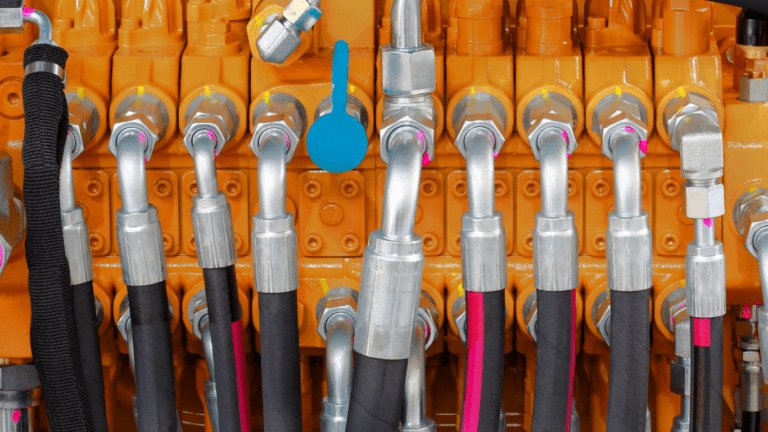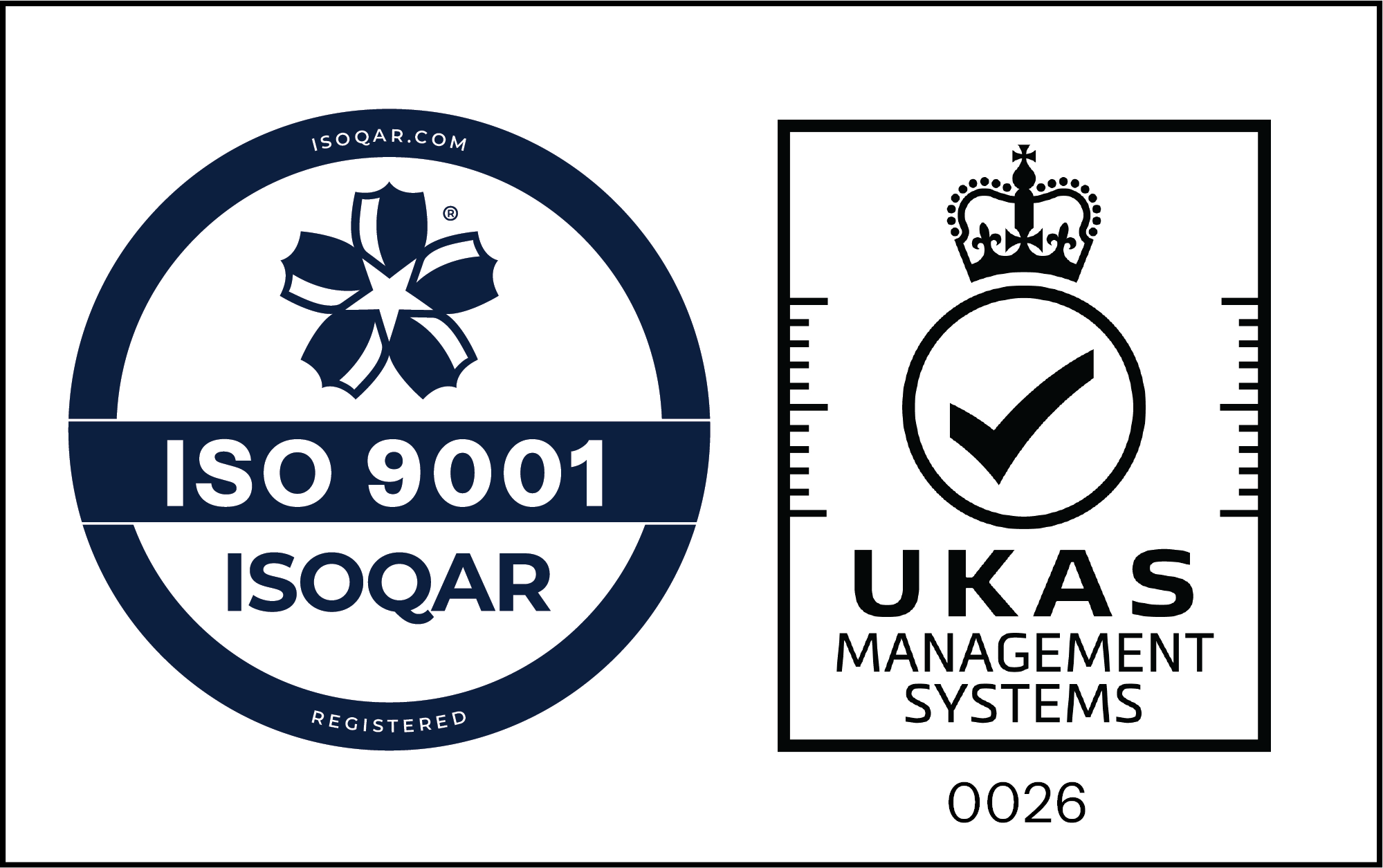Electrohydraulic servo valves are electrically controlled valves that provide hydraulic actuation. Their basic working principle is that they take a digital or analogue electrical signal, and transform it into a hydraulic actuation output. Servo valves are critical components in modern hydraulic systems, providing precise control over hydraulic motion in aerospace, automotive, and industrial automation applications. However, the basic design of servo valves has not changed much over the past few decades and is prone to certain failures. This article will discuss how Domin is addressing these failures with our innovative servo valve design.
Common Failures and Solutions
There are several failures to watch out for. Listed below are some of the most common servo valve failures, and possible solutions for each:
Leakage of the Sealing Surface: Traditional two-stage servo valves have a pilot stage and a main stage. This design is prone to parasitic loss, in which the internal pressure of the servo valve causes hydraulic fluid to leak. The reason two-stage valves are prone to this is due to the pilot stage, which requires very high pressure at all times. This increases the amount of seals needed in the valves. Unfortunately, these seals have a limited life span, and are prone to failure, causing leakage and a degradation of valve performance, or complete failure. Regular inspection of seals is recommended. Fixing servo valves with excessive leakages can be as simple as replacing any seals showing signs of wear.
Contamination and Blockages: One way in which manufacturers have attempted to deal with parasitic loss is by reducing the size of the pressure opening. However, this makes the valve more prone to blockage due to contaminants. One way to deal with this is to add a filter to the valve that filters contaminants from the hydraulic fluid.
Electronics Failure: Servo valves rely on electronics for control. Unfortunately, these electronics tend to fail over time, especially due to exposure to contaminants or heat, or insufficient maintenance. Proper installation and protection of electronics, as well as regular inspection and maintenance, can prevent unexpected electronics failures.
Servo Valve Maintenance
The key to preventing performance issues and avoiding servo valve failures is regular inspection and preventative maintenance. Unfortunately, the design of traditional two-stage servo valves requires regular inspection and maintenance of sealing surfaces, filters, and control electronics. This can be time-consuming and will require the servo valves to be offline, but the cost of fixing servo valves that have failed will outweigh the relative costs of a thorough maintenance regimen.
Be sure to check the manufacturer’s guidelines for maintenance guides and schedules, while ensuring that maintenance personnel are adequately trained and equipped to perform preventative maintenance. When determining a maintenance schedule, consider the operating conditions of the servo valve. Harsh conditions might require more frequent inspection and maintenance of specific components. Other factors that influence maintenance requirements include:
- The usage frequency of valves.
- Operating pressures.
- The type of hydraulic fluid used.
How Does Domin Solve This?
Domin’s servo valves feature several design choices that improve reliability and reduce the downtime and costs associated with maintenance and inspection.
Firstly, Domin uses modern onboard electronics to control their servo valves. These electronics provide precise control and enable advanced data analysis and connectivity, as well as the potential for remote diagnostics. This allows degradation in performance to be picked up promptly, before impacting operations, while still maintaining precise, accurate control, and reducing the overall space required for external electronics.
Next, Domin uses a direct-drive valve design that eliminates the pilot stage. By eliminating the pilot stage, at which blockages mainly occur, the risk for blockages is greatly reduced, further reducing the risk of valve malfunction or failure.
Finally, Domin uses modern additive manufacturing techniques to produce valves that do not require high-pressure seals. Inspecting and replacing high-pressure seals greatly adds to maintenance costs and time. By removing these seals completely, Domin’s servo valve design eliminates one of the most common sources of leakage and valve failure.
All of our servo valves go through rigorous quality control before going into operation to ensure they operate reliably in all conditions. By applying modern technologies, and designing valves with a focus on reliability, our valves contribute toward reduced costs and downtime due to maintenance and repairs. Contact us today!

